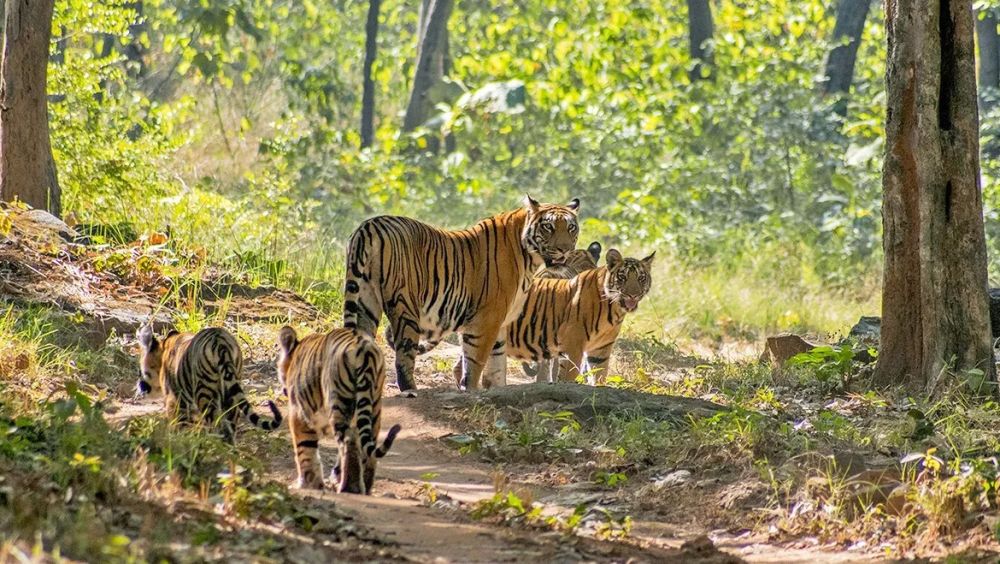

Located in the heart of India, Madhya Pradesh, Satpura National Park is one of the most intriguing wildlife reserves in the subcontinent. The Satpura range, after which the park is named, was originally recognized for its rich biodiversity and unique ecosystems. The establishment of the park took place in 1981 with the primary aim to conserve the flora, fauna, and majestic landscapes of this region.
The history of tourism at Satpura National Park is as fascinating as its landscapes. Initially, the park was a reserved area with limited access to tourists. Conservation and protection of wildlife were the main focus. However, over the years, concerted efforts were made to develop sustainable tourism practices that could allow visitors to witness the park’s natural beauty without disrupting the delicate ecological balance.
Eco-Tourism gradually became a buzzword in relation to Satpura National Park. Trails and nature walks were established to give tourists an intimate experience of the park whilst ensuring minimal environmental impact. The introduction of jeep safaris, elephant rides, and boat excursions offered different dimensions to wildlife tourism in the region, making it more accessible and interesting to a wide array of visitors.
In recent years, there has been a shift towards more comprehensive and immersive experiences. Tourists are looking beyond just the safari experience—bird watching, canoeing, walking safaris, and night safaris have added to the multifaceted appeal of the park.
Homestays and eco-resorts have become increasingly popular, allowing tourists to stay in close proximity to nature. These accommodations are often run by local communities, providing an economic boost to the region while ensuring that visitors receive an authentic experience.
Tourism trends are also showing that travellers are more environmentally conscious, seeking destinations that prioritize conservation and community development. Satpura National Park, with its commitment to ecological sustainability and community involvement, fits well within this trend.
Recognition such as the entry fee to the park being regulated to control the number of visitors daily, has helped in maintaining the park's integrity. Such practices have set an example for other wildlife reserves across India and have been vital in promoting responsible tourism.
Despite its successful model of eco-tourism, Satpura National Park faces challenges such as balancing tourism with conservation and managing human-wildlife conflict effectively. The future prospects for tourism in the region remain optimistic, with a focus on continuing to enhance the visitor experience while upholding the core values of conservation.
New initiatives to improve conservation education among tourists, introducing more community-led tourism projects, and integrating advanced sustainable technologies present forward-looking opportunities for Satpura National Park. The aim is not only to preserve this pristine environment but also to ensure that tourism continues to benefit both visitors and the local community for generations to come.
Overall, the evolution of tourism at Satpura National Park reflects a balance between the need for environmental protection and the desire for human exploration and understanding. It serves as a beacon for the transformative power of responsible travel in natural areas.